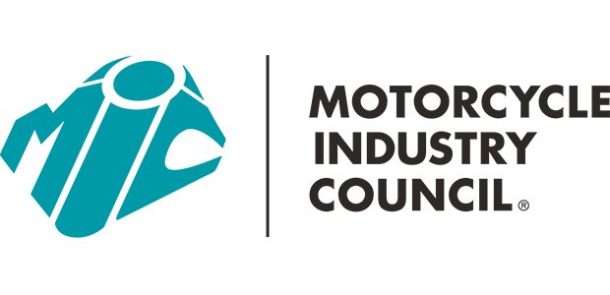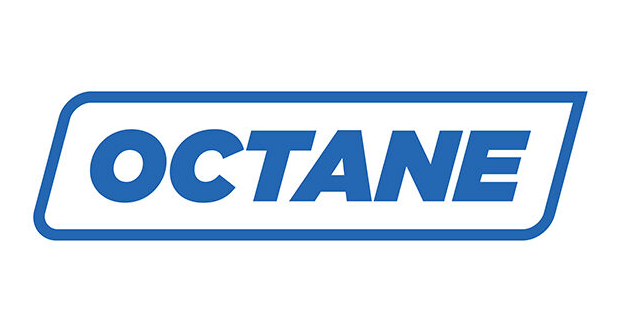Ten tips for surviving the economic downturn
By Jon Mohr
Contributing writer
INDIANAPOLIS — The worldwide economy is undergoing a fundamental shift, the likes of which we will probably never see again in our lifetimes, and businesses must accept this fact and make changes if they are to survive the current downturn and thrive when the rebound comes.
That was the message offered by brand and marketing strategy expert Paul Leinberger during his presentation at the Motorcycle Industry Council’s (MIC) annual meeting Feb. 13 in Indianapolis. Describing what he termed “The Post-Abundance Era” that has begun to emerge, Leinberger says the economy has gone from a period of sustained expansion to one of sustained volatility that he predicts will last for at least the next five years.
Because of this, Leinberger provided the industry executives in attendance with 10 tips he says could be implemented on a day-to-day basis that would help their companies adapt to the transition taking place and begin to do well in 2009. A year he believes will be “very difficult.”
“This is a time when we need very tactical, very simple, very clear things to do,” said Leinberger, whose firm TDi Consulting has worked for a number of motorcycle and car manufacturers, including BMW, Harley-Davidson, Toyota, Ford and General Motors.
“So that’s what I want to talk about: Ten tips that I think you can both put in your own mind and you can take back to the people that work with you.”
Here are Leinberger’s 10 tips:
Invest through the transition
Because market share will be won or lost as this fundamental shift takes place, Leinberger believes it is “critically important” that companies continue to invest, whether it’s in marketing, advertising, point of sale, etc. If a company stands still and the competition does not, it puts itself at a clear disadvantage. Customers are looking to save on lower-engagement categories so they can sustain their spending in what he calls “lifestyle” or “sanity” categories, and riding motorcycles or ATVs are activities that fall under those key headings.
“The good news is that consumers do not want to give up their relationship with you,” Leinberger said. “They want to continue to spend with all of us, we just have to give them good reason to do it.”
Empathize with your customers
Companies that understand what consumers are thinking about and let their customers know they understand their concerns put themselves in a better position during tough times. As an example, Leinberger cited the “Assurance” promotion from Hyundai. This is a program that allows car buyers who go through specific “life-changing” events during the first year of ownership to walk away from their loan obligations, with the company covering all or most of the difference. Due partially to this program, Hyundai has done well despite the downturn.
“This is empathy in action,” Leinberger said. “What if Toyota or General Motors or Ford had done this first? Would it not change the way we think about those companies? I dare say it would.”
Know your customers
The changes taking place in the attitudes and behavior of consumers must be continuously monitored. And it’s important to recognize the demographics of the people who buy motorcycles also are changing.
MIC data shows from 2003-2008 motorcycle ownership among members of Generation Y — those aged 16-26 — has risen from 9 percent to 21 percent while the percentage of Baby Boomers has fallen from 51 percent to 43 percent during the same span. As those riders change, the ways in which they are marketed to also must change.
Leinberger says there is also a huge opportunity to be found in used motorcycles and ATVs. Data he cited shows 77 percent of used motorcycles and 87 percent of ATVs are bought from a private party.
Kick up customer service
Customers have redefined what they are looking for and are adopting a credit/debit approach to spending across what Leinberger calls different “mental wallets”: Fun, Lifestyle, Sanity and Basic (money, convenience, etc). Fun and Lifestyle are still the most popular, but consumers can be marketed to in all four ways, and should be.
Protect your point-of-difference
Although some buyers are more concerned with price now than they were before, it is not the time to become a price-point business. Once that move is made, it can’t be taken back, even when the turnaround comes, Leinberger says. “There are very few customers in very few categories who buy on the basis of price alone,” he said.
Value. Value. Value.
Leinberger quoted a survey that found 81 percent of respondents would delay the purchase of a new product until a special price or sale was offered, but only 48 percent would settle for less than exactly what they wanted in order to save money. “We are still looking for quality, in fact quality becomes even more important,” he said. “But we want it at what we think is a good price, which means that you have to prove to me that I am getting a good value.”
At the same time, Leinberger says customers do not want to sacrifice either the shopping or riding experiences they have. They just want to be smarter about how they do them.
Remember the flight to quality
The silver lining during a recession, if you provide a good product, is consumers pay more attention to quality and how long they will be able to use a given purchase.
Uniqueness sells
Because there are fewer products in the marketplace that are truly unique, customers will gravitate toward those that are. If a company has such a product, it needs to play up that difference and market it heavily.
Optimism matters
Consumers want to feel optimistic in a pessimistic situation and marketing messages that strike that tone will resonate with them. The role that optimism plays in driving the economy must not be overlooked, as Leinberger noted with his discussion on the Paradox of Thrift.
Boiled down to its essence, this concept holds that if everyone saves their money during times of recession and nobody spends, demand will in turn fall and actually lower total savings because of the decrease in consumption and growth.
“This is not the time to save,” Leinberger said. “If you save like you did in the last quarter of last year, this recession is going to get stronger and stronger.”
It’s back to basics
With his final tip, Leinberger stressed the importance of getting back to the business basics and said his previous suggestions were examples of doing just that. In times of turmoil, people are comforted by the things they know and appreciate things they can count on. Relying on the tried and true is a strategy that only makes sense.
“It’s not going to turn around tomorrow, but in the next 18 months it surely will,” Leinberger said of the U.S. economy, “and if you do a few of these things I can guarantee it’s going to be a way better year than it might otherwise have been.”








